Warsaw, the capital and largest city of Poland, has a rich and complex history that spans centuries. The city has undergone numerous transformations, facing periods of prosperity, destruction, and reconstruction. Here’s an overview of key phases in the history of urban development in Warsaw:
Early History:
- Medieval Origins:
- Warsaw’s history dates back to the 13th century when it was established as a small settlement. It gained importance as a market town and a strategic location due to its proximity to the Vistula River.
Renaissance and Royal Capital:
- Capital of the Polish-Lithuanian Commonwealth (1596):
- In 1596, King Sigismund III Vasa moved the capital of the Polish-Lithuanian Commonwealth from Kraków to Warsaw. This marked the beginning of Warsaw’s status as a significant political and cultural center.
- Royal Castle and Old Town:
- The construction of the Royal Castle and the establishment of the Old Town’s layout contributed to Warsaw’s architectural and cultural development during the Renaissance.
18th Century:
- Partitions of Poland (Late 18th Century):
- The late 18th century saw the Partitions of Poland, during which Warsaw was occupied and divided among the Russian Empire, the Kingdom of Prussia, and the Habsburg Monarchy.
- Warsaw Uprising (1794):
- During the Kosciuszko Uprising in 1794, Warsaw witnessed a brief period of independence. However, it was followed by the Third Partition of Poland, leading to the city’s occupation by Russian forces.
Napoleonic Era and Congress Poland:
- Warsaw as a Free City (1807-1815):
- Following the Treaty of Tilsit in 1807, Warsaw became the capital of the Duchy of Warsaw, a semi-autonomous state under Napoleon’s protection.
- Congress of Vienna (1815):
- After the Congress of Vienna in 1815, the Congress Kingdom of Poland, also known as Congress Poland, was established with Warsaw as its capital. It was a puppet state under Russian influence.
19th Century:
- Industrialization and Growth:
- The 19th century brought industrialization and population growth to Warsaw. New neighborhoods and infrastructure developments accompanied this period of urban expansion.
- January Uprising (1863-1864):
- The January Uprising against Russian rule had a significant impact on Warsaw, leading to reprisals and the destruction of parts of the city.
World War I and Interwar Period:
- Independence (1918):
- Following World War I and the re-establishment of Poland’s independence in 1918, Warsaw became the capital of the newly reborn Republic of Poland.
- Post-War Reconstruction:
- The interwar period saw economic and cultural growth, and efforts were made to modernize the city. However, Warsaw faced significant challenges during the Great Depression.
World War II and Reconstruction:
- Destruction during World War II (1939-1945):
- Warsaw suffered extensive damage during World War II, especially during the Warsaw Ghetto Uprising in 1943 and the larger Warsaw Uprising in 1944. The city was almost entirely destroyed by German forces.
- Post-War Reconstruction (1945 onwards):
- After the war, Warsaw underwent a massive reconstruction effort. The Old Town was meticulously rebuilt using original plans and materials, earning it a place on the UNESCO World Heritage List.
Communist Era:
- Communist Urban Planning:
- The post-war period also saw the implementation of communist urban planning principles, resulting in the construction of large housing estates and institutional buildings.
Contemporary Warsaw:
- Post-Communist Transformation (1989 onwards):
- With the fall of communism in 1989, Warsaw experienced a new era of transformation. The city embraced capitalism, witnessed economic growth, and became a hub for business and commerce.
- European Capital and Modernization:
- Warsaw’s status as the capital of Poland and its integration into the European Union have contributed to ongoing modernization efforts, including infrastructure development, new architectural projects, and cultural initiatives.
- Cultural and Economic Hub:
- Today, Warsaw stands as a dynamic cultural, economic, and political hub. The city’s skyline reflects a mix of historic and contemporary architecture, symbolizing its resilience and vibrant spirit.
Warsaw’s urban development history is a testament to its ability to rise from the ashes of destruction and rebuild itself as a modern European capital while preserving its rich cultural heritage.

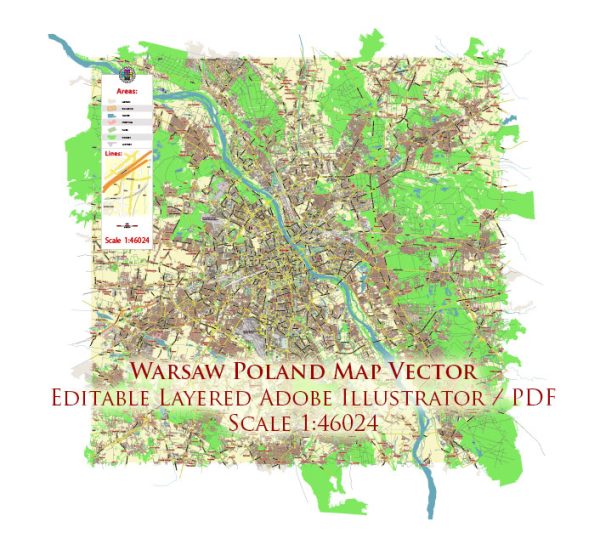
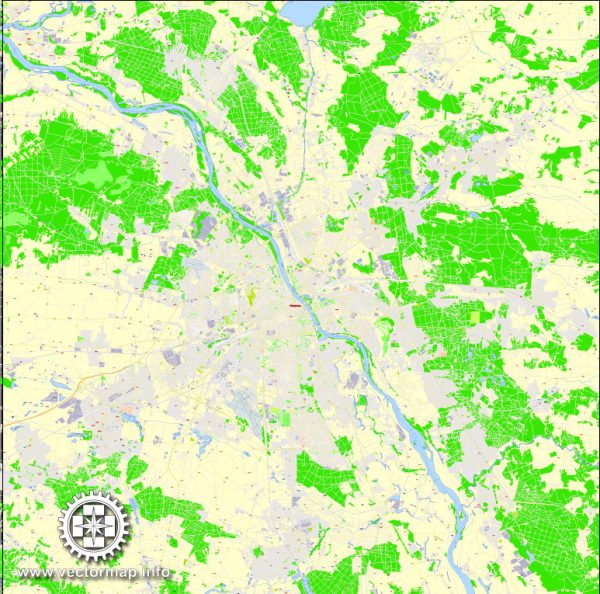
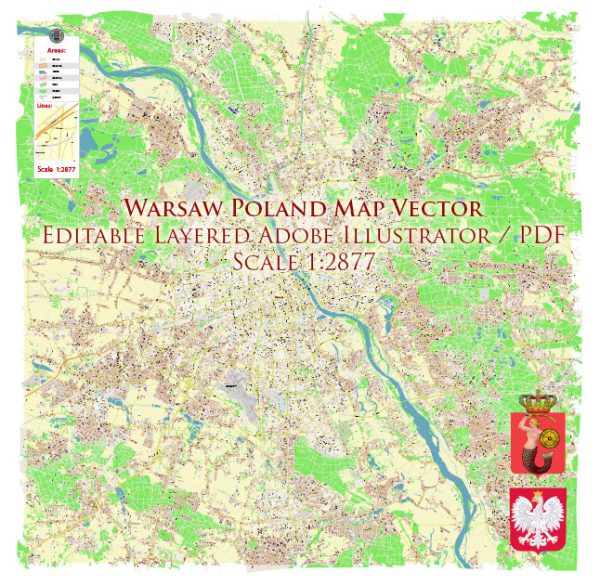
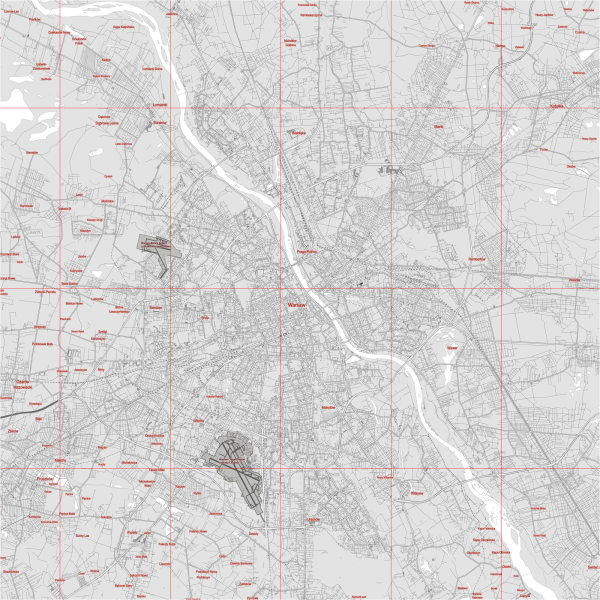
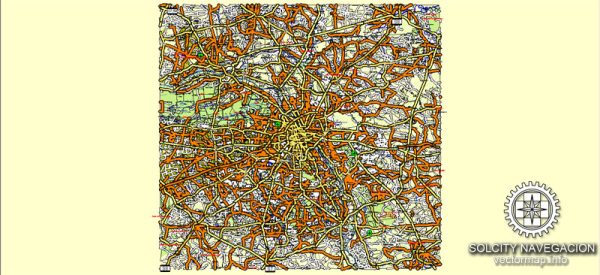
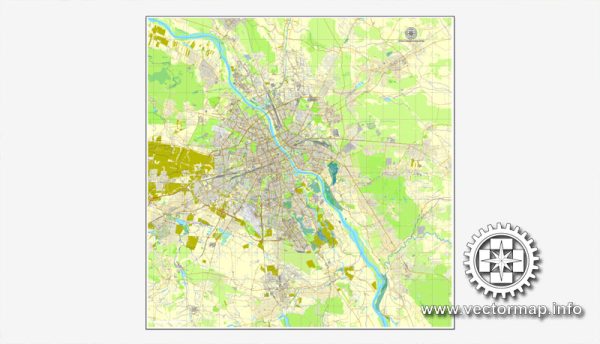
 Author: Kirill Shrayber, Ph.D.
Author: Kirill Shrayber, Ph.D.